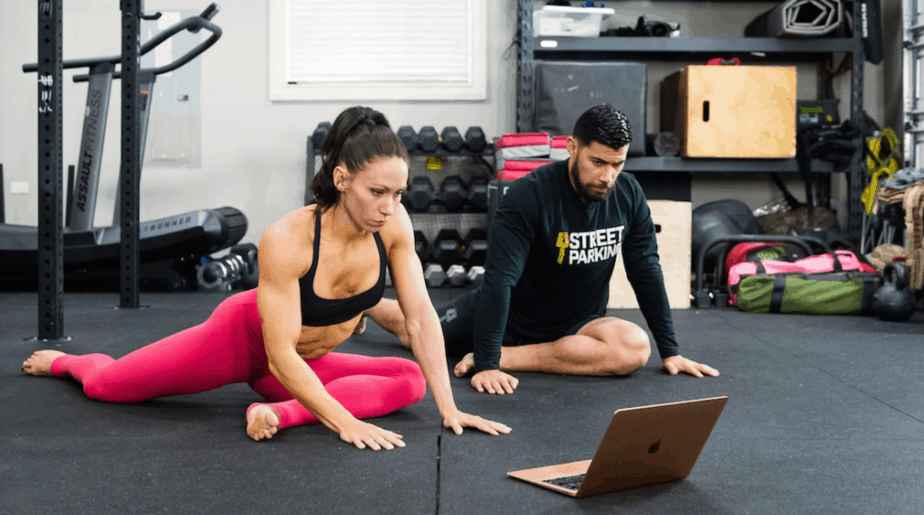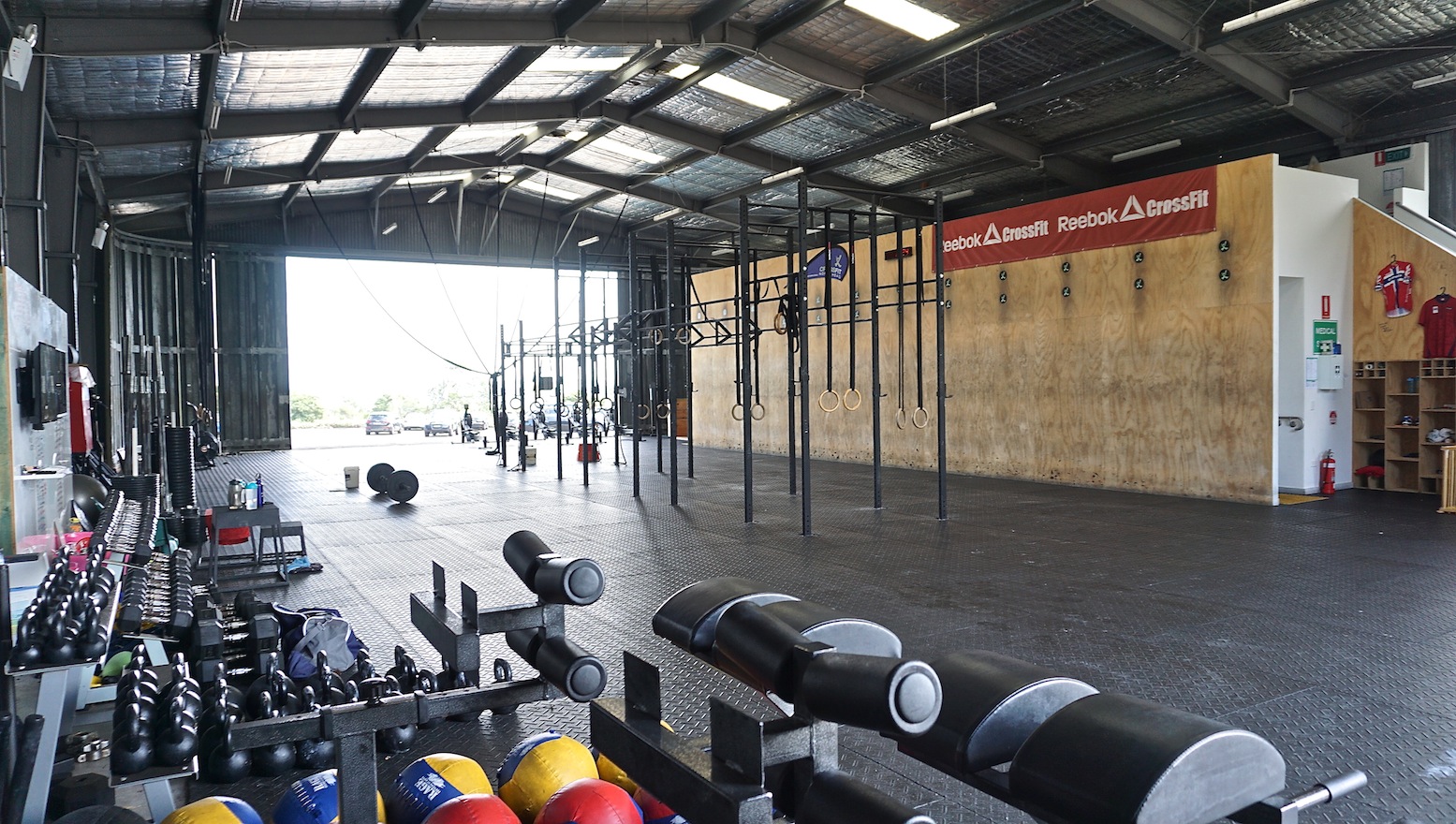
Outdoing the competition on Google searches is essential to your marketing strategy. Ranking in the top spots for searches can give your brand more recognition and bring you more traffic.
Unfortunately, many businesses aren’t optimizing their search strategy by optimizing images on their websites. This is preventing their success online.
But how do you optimize images for website? Scoring a high google page rating will require a keen understanding of SEO and how images help your strategy.
We’ve created this in-depth article outlining quick tips. Keep reading to learn how to improve your position on search by enhancing your images.
1. Prioritize Compression Over Quality
When it comes to optimizing website images, one of the most important tips is to prioritize compression over quality. Compressing an image reduces the file size while preserving quality.
There are several tools that can help make this task easier.
2. Utilize Proper File Formats
Utilizing proper file formats is key for optimizing images, especially for a banner design. Before uploading an image to a website, you should always check to see which file format is the most optimal for the situation. For example, .jpg is the best format choice for photos, and .png is better for images that have a lot of colors or text.
Additionally, you should always try to make sure your images are as small as can be without sacrificing quality, as image size is one of the elements that affect image loading speed.
To do this, you can convert them to a different format, or use a tool such as CompressJPG to reduce file size without compromising the quality significantly.
3. Create Multiple Image Versions
Creating multiple image versions is one of the quickest and easiest ways to optimize image performance for a website. Utilize various file types including JPEG, PNG, and SVG as they each have different useful functions and can offer different levels of optimization.
4. Choose Relevant File Names
One of the most important aspects of optimizing images is to choose a relevant file name. By giving an image a meaningful file name, it can help improve the website’s SEO and make it easier for search engines to index the image and pull it up as a result.
Use keywords in the file name that are relevant to the image and the webpage. Keep the file name short, simple, and keyword-dense. Avoid using any special characters or punctuation in the file name, and always use lowercase letters in the file name.
5. Leverage Content Delivery Networks
Leveraging content delivery networks (CDN) can be one of the most effective methods. CDNs allow website images to be stored in geographically dispersed nodes and can then be served to a user based on their geographic location.
This will help improve your website speed and prevent the lazy loading of images.
Follow These Methods to Optimize Images for Website
You need to optimize images for website to ensure that site visitors don’t get irritated in waiting for images to load. If the website speed is not fast enough, then they will close your site.
Remember that images are one of the most important parts of a website! Following these five quick tips can help you optimize your website images quickly and easily. Get started today, and drive website SEO and conversions!
For more ideas and insights, visit the rest of our site.


















Follow Us